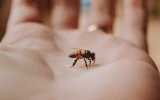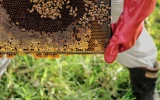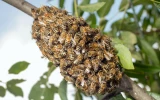How To Get Rid of a Beehive From a Tree (Move, Remove, Smoke Out)
Bees are beneficial to the environment, but they can be a nuisance when they nest near your home. If you want to remove their nest, there are safe and easy ways to do so, without harming the colony. In this article, we'll discuss how to get rid of a beehive from a tree, focusing on methods such as moving, removing, and smoking them out.
Wear protective gear and use a hardware cloth to wrap the beehive. You can also use a bee box and bee vacuum to move them. If you want them to leave the hive, you can use a bee smoker. If you're not confident, you can seek the help of someone who specializes in beehive removal.
Let's look further into the details of how to get rid of a beehive using these techniques and know what to prepare ahead.
Summary
- You can get rid of beehives in trees by moving them to a new location using hardware cloth or via a bee box and bee vacuum.
- You can also deter bees living in your tree cavities by smoking them out.
- Should you feel not confident enough in handling the bees alone, you can always seek the help of professional beekeepers to get the hive removed.
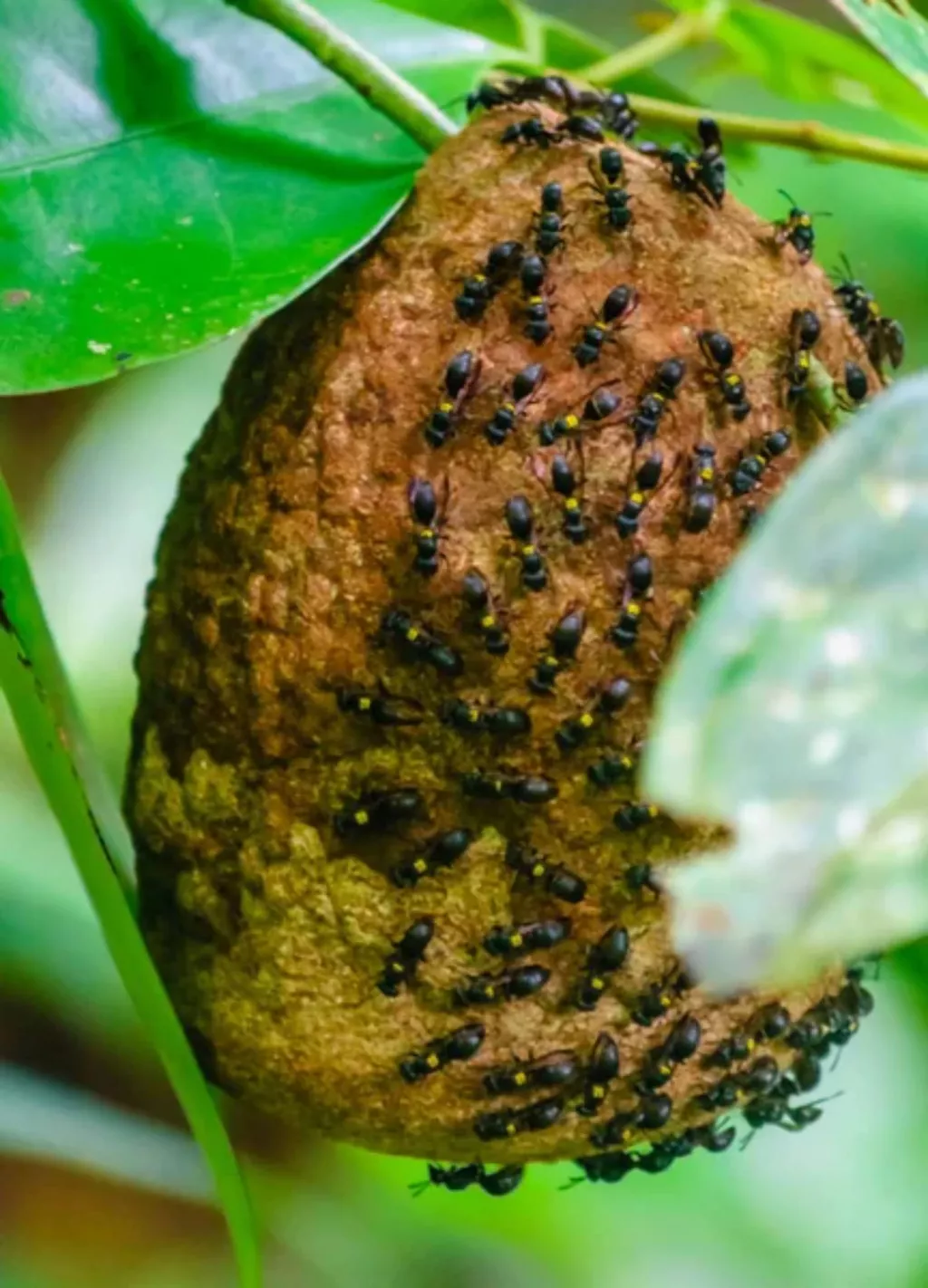
Getting Rid of Beehives in Trees
Trees provide a safe and secure place for bees to build their nest. However, this can be a problem if the tree is near your home as you may potentially be stung by bees or suffer damage to your tree or property.
For these reasons, you may consider getting rid of the beehive. You can remove them through the methods below.
Move the beehive to a different location
Before anything else, perhaps the first thing you like to do is to find a suitable spot where you will transfer the hive. Pick a location that is far enough away from the original location, so the bees won't return to the tree.
You may want to move the hive during winter, or on days when it is cloudy, as most of the bees will be home. Never relocate them during summer or spring.
If you have picked the location and set the time, you could now assess the hive and the tree. If the hive is too large or the tree is too tall to safely move, then it is best to contact a professional beekeeper. If the hive is small enough and the tree is not too tall, you could move the hive yourself or get another hand.
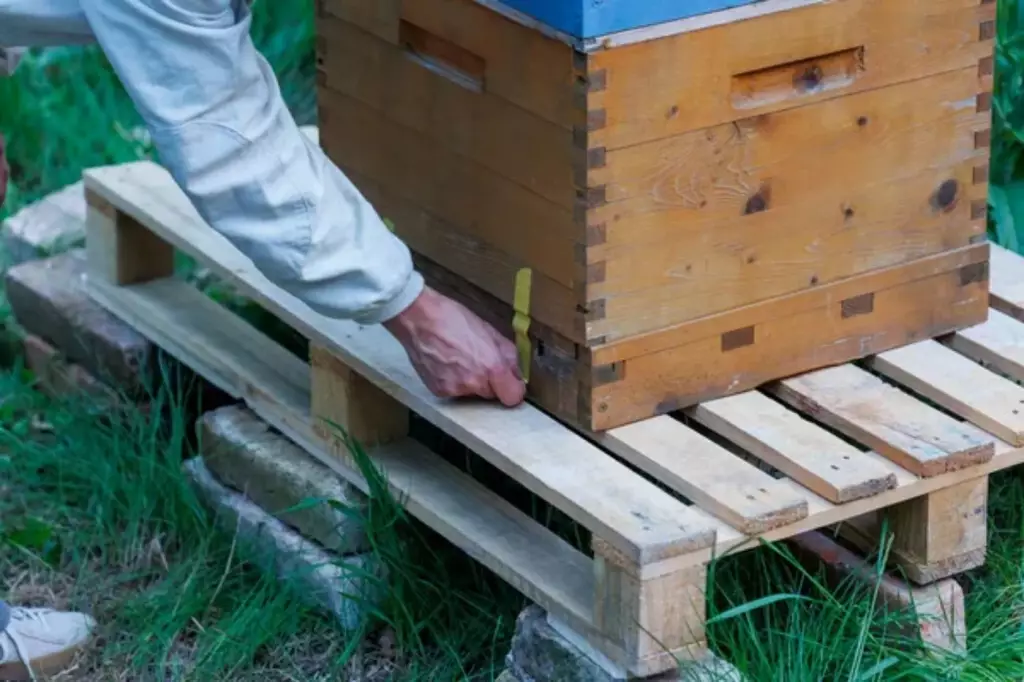
When you are ready to move the hive, wear protective clothing and cover your face and hands as much as possible. A smoker should also be used to help calm the bees and keep them from getting too aggressive.
If the hive is in a huge tree, you will need to use a bee brush to carefully remove the bees from the tree before moving them to a new colony. You only need to take the hive out of the tree if it is in a smaller tree.
Use a hardware cloth to wrap the beehive securely, preventing bees from escaping. Once you have wrapped the beehive, gently but firmly detach it from the tree.
I highly recommend keeping the hive in an upright position, with the entrance facing the sun, and being cautious not to jostle or drop it as any unnecessary movement can agitate the bees.
Once in the new location, you may unwrap the hardware cloth to allow the bees to adjust to their new home.
Another method of relocating the beehive involves using a bee box and a bee vacuum. Start by constructing a bee box and placing it in the intended location.
Once the bee box is in place, use the bee vacuum to suck up the bees far enough away from the original hive that they won't return. This method effectively transports the bees to their new home. A bee vacuum can be purchased or you can also try making one that suits your needs.
Smoking out a beehive to deter the bees
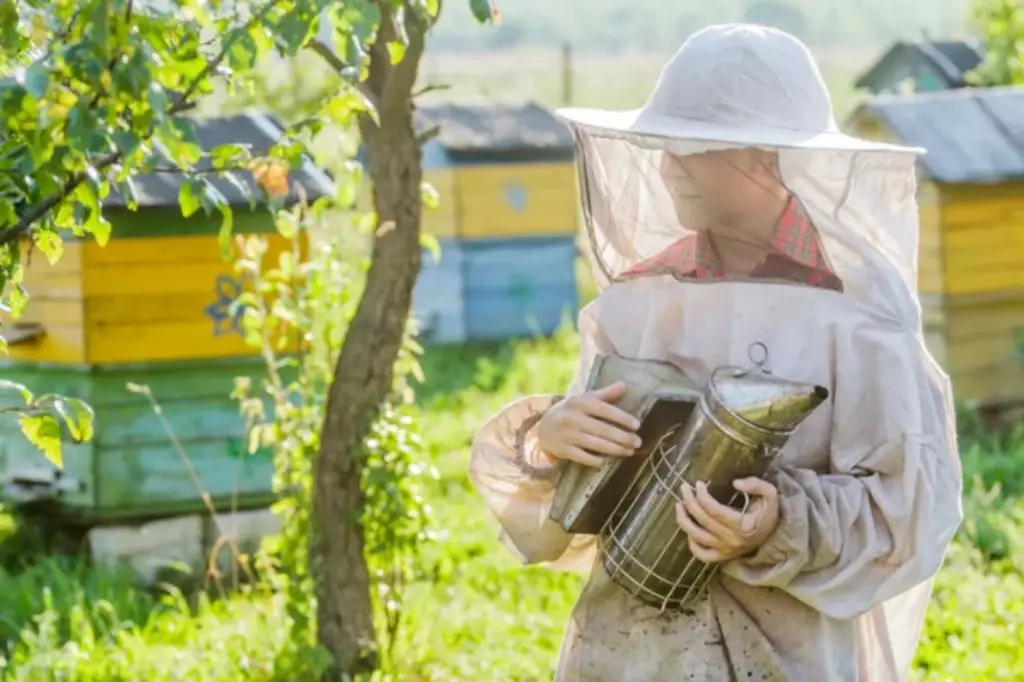
The process of smoking out a beehive from a tree is usually done by professionals or experts. If you’re a newbie, you should gain more experience in carrying out this method before you do it by yourself as this produces a lot of smoke, and if the fire is not handled properly, it can spread and get out of control.
Using a smoker causes the bees to become disoriented and flee their hive. First, you need to observe the activity of the bees and look for signs of the hive, such as honeycomb or bee droppings.
Once you have located it, approach it slowly and carefully, so as not to disturb the bees. To avoid disturbing them, fill a smoker with fuel, such as pine needles, paper, or dried leaves. Lit the fuel and allow it to smolder.
Then, wait for the smoke to fill the area. Direct the smoke to the hive and allow it to fill the entire cavity. As the smoke enters the hive, the bees will become confused and attempt to flee the area.
Once bees leave the area, you can now safely remove the hive without much risk of getting stung. Seal the hive with a bee-proof cover, such as a sheet of galvanized metal, after being smoke-extracted. This will prevent any remaining bees from entering the hive.
You might want to do a regular observation and hive inspection to make sure that no bees have returned to the original hive.
Removal of the beehive by professionals
If you're not confident in handling a beehive on your own, you could just contact a professional who specializes in beehive removal. Professionals will assess the hive's location, condition, and size, then deploy the appropriate tools and techniques to safely remove the hive while protecting themselves and your property.
They can ensure that the bees are relocated and not harmed during the process.
Remember to always prioritize safety when dealing with a beehive. Don't hesitate to seek professional assistance if you're unsure how to proceed or have concerns about bee stings or allergic reactions.
Safety Precautions Before Getting Rid of Beehive
Getting rid of a beehive in a tree is a dangerous job to perform, especially if you came unprepared. You are at risk of being painfully stung, or worse, you can damage the hive’s structure and harm the overall health of the colony.
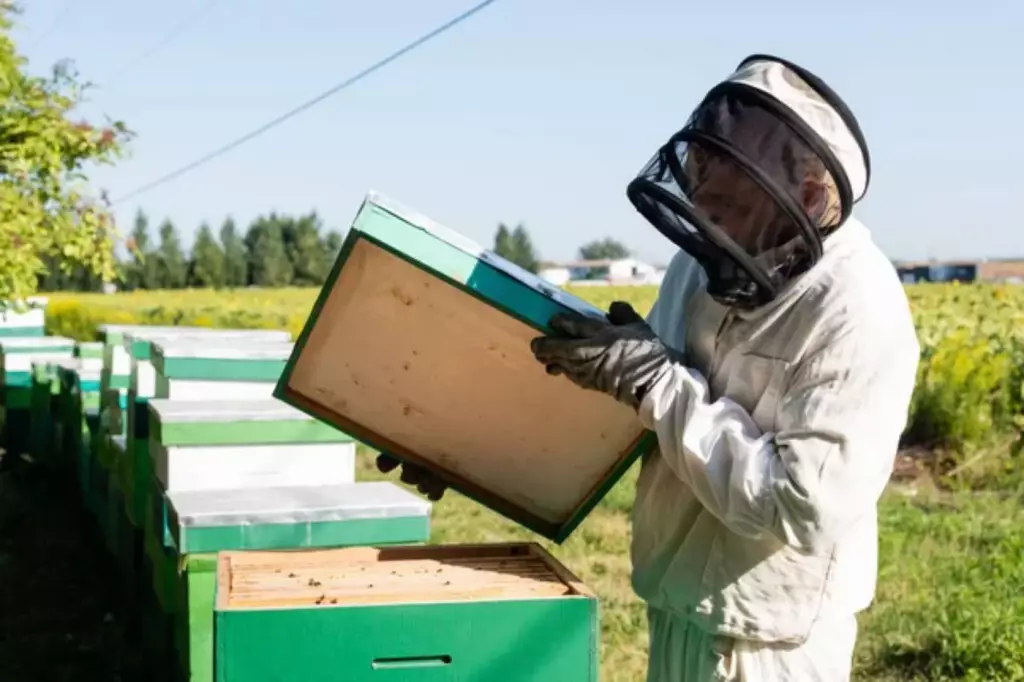
So before attempting to perform this task, keep in mind to wear the appropriate protective gear to minimize the risk of bee stings. Check out and prepare this list of essential items:
- Bee suit or protective clothing: A full bee suit or long pants and a long-sleeved shirt can help cover your skin and prevent stings.
- Leather gloves: Thick leather gloves will protect your hands and forearms from stings and give you a better grip on tools and equipment.
- Beekeeping veil or hat: A veil or hat with a mesh screen can shield your face and head from bees while maintaining visibility.
- Closed-toe shoes: Bees will try to have access to your feet too, so wear closed-toe shoes, and tuck pant legs into your socks or boots.
While you're taking safety precautions for yourself, you may want to also check the well-being of your children and pets during beehive removal. Consider the following tips:
- Keep children and pets indoors: Make sure your children and pets are inside and far away from the work area to protect them from potential bee stings or an agitated colony.
- Avoid attracting bees: Instruct your family members to avoid wearing brightly colored clothes, floral patterns, or strong fragrances, as these can attract bees.
- Bee sting first aid: Have a bee sting first aid kit handy and inform everyone about the proper procedures to follow if they get stung.
By following these safety precautions and wearing the necessary protective gear, you'll be much better prepared to remove a beehive from a tree. And remember, if the situation becomes too overwhelming to handle, always consider seeking help from a professional beekeeper or pest control expert.
